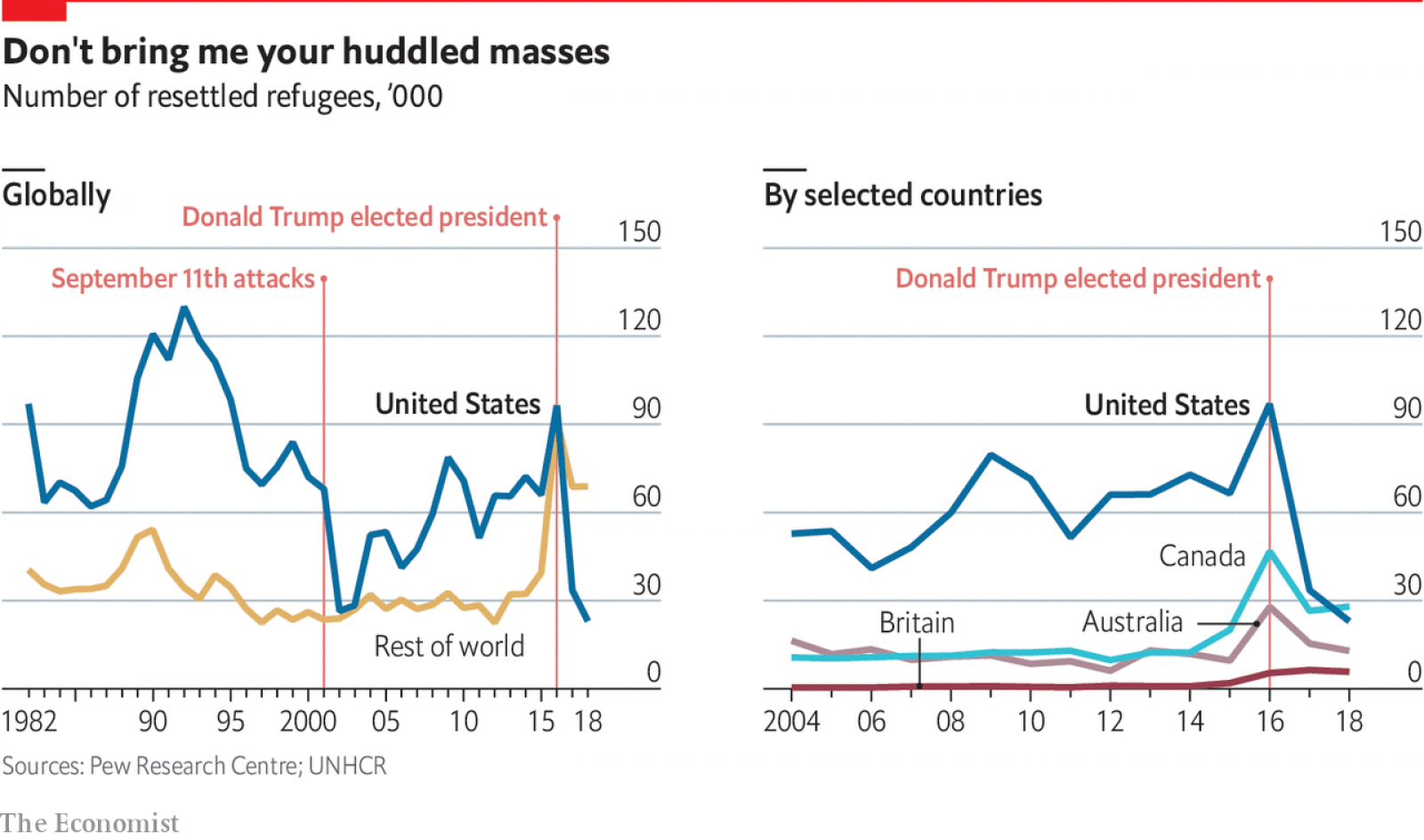
The Economist
In September 2013, The Economist published an article explaining whether or not it is left- or right- wing. The publication said it is "neither. We consider ourselves to be in the "radical centre."
The article continues:
"The Economist was founded in 1843 by James Wilson, a British businessman who objected to heavy import duties on foreign corn. Mr Wilson and his friends in the Anti-Corn Law League were classical liberals in the tradition of Adam Smith and, later, the likes of John Stuart Mill and William Ewart Gladstone. This intellectual ancestry has guided the newspaper’s instincts ever since: it opposes all undue curtailment of an individual’s economic or personal freedom. But like its founders, it is not dogmatic. Where there is a liberal case for government to do something, The Economist will air it. Early in its life, its writers were keen supporters of the income tax, for example. Since then it has backed causes like universal health care and gun control. But its starting point is that government should only remove power and wealth from individuals when it has an excellent reason to do so."
According to the 2014 Pew Research Study, Where News Audiences Fit on the Political Spectrum, the majority of The Economist readers hold political values to the left-of-center. Seventeen percent of The Economist's audience is conservative (compared with 26% of all respondents to the survey).
FOR DECADES, America resettled more refugees than the rest of the world put together. According to the United Nations High Commissioner for Refugees (UNHCR), in 2016 the United States resettled 96,900 people fleeing persecution, war or other violence; other countries admitted 92,400. But under President Donald Trump, America has become far less welcoming. Last year it took in only 22,900 refugees, 5,200 fewer than neighbouring Canada, which has a population only one-tenth as big.
Mr Trump wants to cut the numbers further still. On November 2nd he approved a plan to reduce the number of refugees let into America to 18,000 for the year to September 30th 2020—the lowest since the country’s current refugee programme was created in 1980. This is the third time Mr Trump has lowered the cap. In September 2017 he reduced the limit set by Barack Obama, his predecessor, from 110,000 to 45,000. A year later he cut the figure to 30,000.










